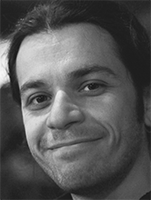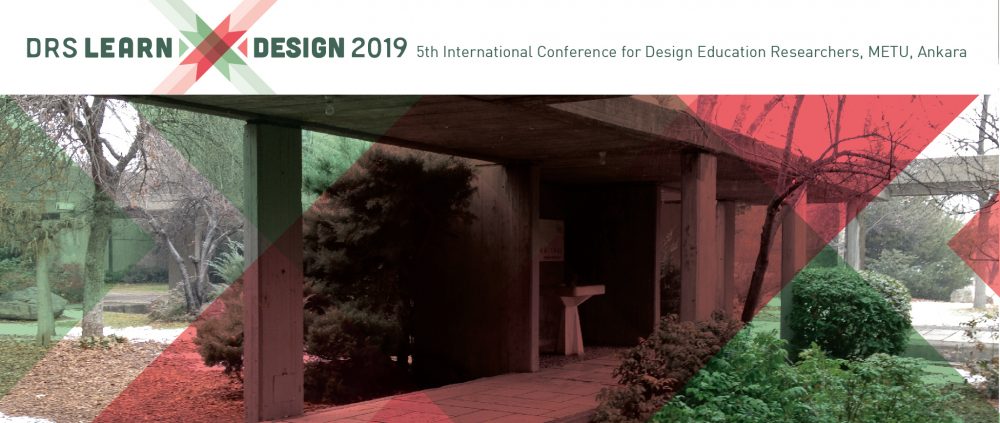Track 12. INTEGRATING SOCIALLY AND CRITICALLY ORIENTED APPROACHES TO DESIGN EDUCATION
Co-chairs




Harun Kaygan, Assist. Prof. Dr., Department of Industrial Design, Middle East Technical University, Turkey.
Selin Gürdere, PhD Candidate, Department of Industrial Design, Middle East Technical University, Turkey.
Åsa Ståhl, Senior Lecturer, Department of Design, Linnaeus University, Sweden.
Guy Julier, Professor Dr., Department of Design, Aalto University, Finland.
Recent literature on design competences reports how design education has changed both its emphases and contexts over the last decades. As design educators, we all seem less concerned with the traditional, technical and designerly skills, than ‘soft’ skills, which are expected to help design graduates at the job market navigate a wide range of job offerings as curators, coordinators, design thinkers, and strategists. In these roles designers collaborate with a wide range of stakeholders for a seemingly endless range of innovation problems. A common sight in design curricula are those projects that are shaped with social and political considerations: projects where design students work with communities, with schools, with local craftpersons; projects of criticality and fiction through which they inquire into todays and futures; projects where they learn to position themselves not only professionally but politically within real-world environments. Rather than considering merely to prime our students for a more flexible job market, however, design educators are genuinely enthused by the learning opportunities that socially oriented projects offer: in teaching design students lessons in social responsibility, critical thinking, political awareness, and empathy.
We are interested in papers that contribute to a discussion over possibilities of integrating socially and critically oriented pedagogies in design education. Possible topics are as follows:
- Strategies for integrating social responsibility, critical thinking, feminist epistemologies and intersectional positions, politics of dissent, etc., into design curricula.
- Use of ethnographic, generative and other design research methods in teaching for fostering awareness, reflexivity, criticality and empathy.
- Shortcomings of novel learning models or practices as currently applied in design education.
- Studies of power asymmetries within social, participatory and critical design practices in education, not least between design educators, design students and project stakeholders.
Bibliography
DiSalvo, C. (2012). Adversarial Design. Cambridge, Massachusetts: The MIT Press.
Dunne, A. and Raby, F. (2013) Speculative Everything: Design, Fiction and Social Dreaming. Cambridge, Massachusetts: The MIT Press.
Ratto, M. (2011). Critical Making: Conceptual and Material Studies in Technology and Social Life. The Information Society 27(4), 252-260.
Schalk, M., Kristiansson, T., and Mazé, R. (Eds.) (2007). Feminist Futures of Spatial Practice: Materialisms, Activisms, Dialogues, Pedagogies, Projections. Baunach, Germany: AADR (Spurbuchverlag).
Simonsen, J. and Robertson, T. (Eds.) (2012). Routledge International Handbook of Participatory Design. New York: Routledge.
